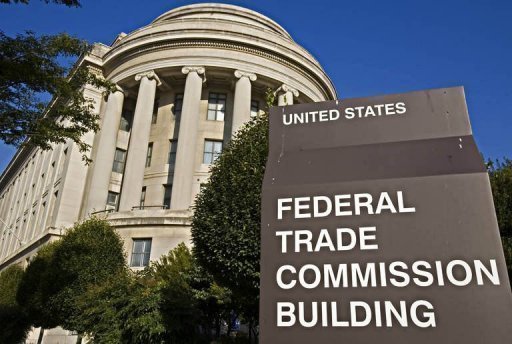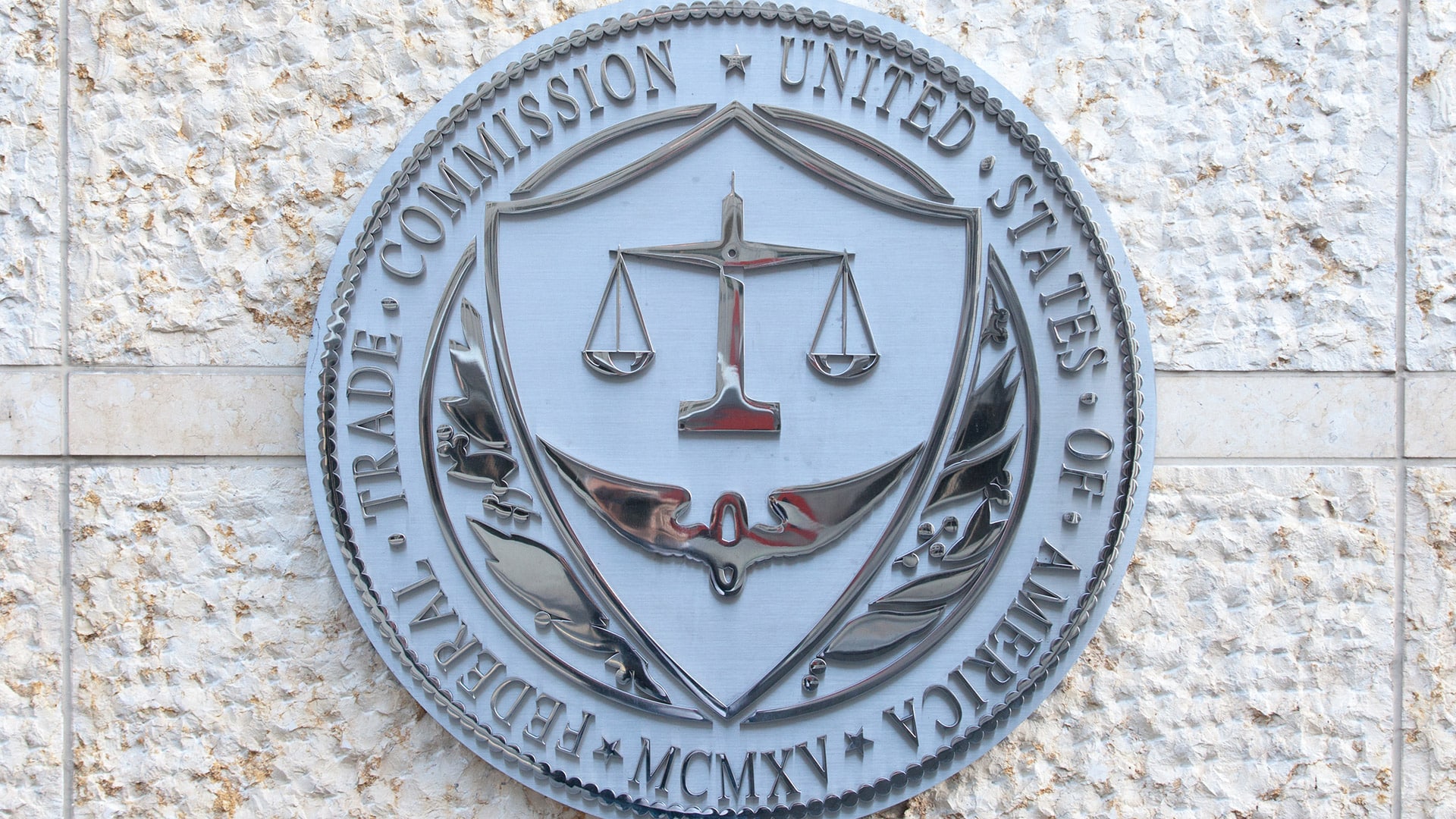Streaming ads still suck. Like a swarm of mosquitos at a summer BBQ, they’re relentless, annoying, and utterly out of place. We’ve been promised this seamless, futuristic experience with Connected TV, yet here we are, stuck in the past with clunky, uninspired ads that feel like they’re being lobbed at us by a catapult.
You’d think with all the tech and creative minds at our disposal, we could do better. But nope, we’re getting the digital equivalent of a soggy microwave burrito instead of the gourmet feast we were promised.
Let’s dive into the murky waters of this mess. The basic contract of the internet—just like newspapers, magazines, radio, and TV before it—is that you get your content for free or at a discount, and in return, you endure some ads. Historically, this was a fair trade. We got the information and entertainment we craved, and advertisers had a straightforward way to reach us. It was a manageable load, even helpful sometimes, like a friendly guide pointing out the best deals in town.
But then came Amazon, striding into the room like a clumsy giant, and everything started to go sideways. In January, they flipped the switch on limited ads for Prime Video. Now, instead of an ad-free oasis, we get ads shoved in our faces before shows and movies, and worse, scattered randomly throughout our viewing experience like landmines.
Users are rightfully livid. Imagine paying for a service and still getting hit with ads unless you pony up an extra $3 a month. It feels like a classic bait and switch. Amazon’s move has even sparked lawsuits, with people demanding what they were promised—a premium, ad-free experience. It’s like paying for a VIP ticket and still getting stuck in the nosebleed section.
Studies have shown that while ads themselves don’t necessarily ruin our enjoyment of programs, bad ad experiences certainly do. Picture this: 420 people crammed into a lab, watching 30-minute programming with various ad experiences. Some got smooth sailing with limited, seamless breaks. Others endured the torture of latency, slates, and ad breaks so awkward they felt like someone crashing a party uninvited. The results were clear—smooth ad experiences kept viewers happy. But when the ads were as clunky as a Windows 95 computer trying to run modern software, it was a different story.
Latency, that annoying buffer wheel spinning like a hamster on speed, was the biggest offender. A staggering 78% of viewers found it as irritating as nails on a chalkboard. It tanked their enjoyment of the show, the quality of the ads, and the perception of the brands involved. It’s like trying to watch a gripping thriller, but every five minutes, someone pauses the movie to lecture you about vitamins.
Then there are the ad breaks that feel like they were dropped in by someone who’s never watched TV before. Imagine being engrossed in a pivotal scene, your heart racing as the plot thickens, only to have it abruptly interrupted by an ad. It’s like someone barging into your living room and changing the channel right at the climax of your favorite show. This jarring intrusion shatters the immersion and leaves you with a sour taste, making you want to hurl the remote through the screen. These disruptive breaks are more than just annoying—they’re outright disrespectful to the viewing experience. A study found these ill-timed interruptions felt 16% more intrusive to viewers and made them 14% less likely to remember the ads. It’s the digital equivalent of a waiter dumping soup in your lap during dinner.
And let’s not forget the dreaded slates. These are the black holes of ad space, where nothingness reigns supreme because an ad failed to load. It’s like being promised dessert at a fancy restaurant and getting an empty plate instead. These unfilled or blank ad times are especially rampant on free ad-supported streaming TV (FAST) services, where the ad infrastructure is often a patchwork of inefficiency. The result is a viewing experience punctuated by awkward, silent voids that disrupt the flow and leave viewers bewildered. For publishers, this means underutilized ad inventory and lost revenue opportunities. For viewers, it’s a frustrating lull that breaks the engagement with the content they were enjoying.
The problem is further exacerbated by the sheer volume of ads crammed into a single viewing session. It’s not uncommon for viewers to encounter multiple back-to-back ads, often repetitive and irrelevant, compounding the frustration. This oversaturation dilutes the effectiveness of each ad, turning what could have been a targeted, impactful message into background noise that viewers actively tune out. Advertisers end up wasting their budgets, and consumers are left feeling more like commodities than valued customers. This creates a vicious cycle where neither party wins—advertisers fail to connect with their audience, and viewers are pushed further away from the content they originally tuned in for.
So, what’s the deal? Are tech companies deliberately sabotaging our viewing experience to squeeze more money out of us? It sure feels that way. Log onto YouTube or any other service, and the first thing you see is an ad promoting the ad-free version of the service. It’s got the vibe of a protection racket: “If you don’t want us roughing up your favorite shows, pay us more.” They’re already making bank from ads and selling our data, but if you want even a smidgen of artistic integrity preserved, you’ve got to pay extra.
“But commercial interruptions aren’t new,” you might say. True! But back in the day, there was a certain finesse to it. Commercial TV had editors meticulously preparing films for ad breaks, ensuring a smooth transition. It was like a carefully choreographed dance. Now, it’s more like a bull in a china shop. Movies get hacked apart with all the subtlety of a lumberjack on a caffeine binge.
The corporates have gone from using a scalpel to a meat-ax, often with their eyes closed. I wouldn’t be surprised if, next time I watch “Jaws,” right when Quint is sliding towards the shark’s mouth, I get hit with an ad for dietary supplements.
So, what’s the solution? Let’s get creative, folks. Ads shouldn’t feel like a punishment but an integral part of the viewing experience. Think about those clever Super Bowl ads that have everyone talking for weeks. Why can’t streaming services aim for that level of innovation? These ads don’t just sell products; they tell stories, evoke emotions, and entertain. If streaming ads could capture even a fraction of that magic, viewers might actually look forward to the breaks instead of dreading them. Imagine an ad that feels like a seamless extension of the show you’re watching, not some clumsy intruder barging in.
Streaming services need to wake up and realize they’re not just hawking ad space; they’re part of the storytelling process. This means recognizing the rhythm of the content and placing ads in a way that doesn’t make viewers want to throw their remotes through the screen. Strategic ad placement at natural narrative pauses or transitions can make all the difference. It’s about creating a harmonious viewing experience that respects the audience’s engagement with the story, not bulldozing through it with jarring interruptions.
Relevance is the name of the game. Ads need to be more than just filler; they should resonate with the audience. Streaming platforms are sitting on mountains of user data—time to put it to good use. Instead of bombarding viewers with generic garbage, deliver ads that align with individual preferences and interests. A viewer binge-watching a cooking show would appreciate an ad for kitchen gadgets far more than one for car insurance. Personalized ads not only enhance the viewing experience but also increase the chances of the ad actually making an impact.
How about we make ads fun? Interactive ads can turn passive viewers into active participants, making the ad experience more engaging and less of a nuisance. Imagine an ad that lets viewers click for more information, view a demo, or even make a purchase directly from their screen. This keeps viewers engaged and provides a direct path from ad to action. Interactive ads could also include gamified elements, turning the ad break into a fun mini-experience instead of a dreaded interruption.
And let’s talk about quality over quantity. Instead of cramming as many ads as possible into a viewing session, streaming services should focus on delivering fewer, higher-quality ads. This respects the viewer’s time and ensures that the ads that do appear are more memorable and impactful. Advertisers might initially freak out at the idea of fewer slots, but with better engagement and recall rates, the effectiveness of each ad would likely increase, justifying the investment.
And we do have solutions for all these issues already. Companies like Origin have developed unique solutions for ad fatigue and lack of interactivity, with dynamic video overlays, native ad formats, and much more. Origin’s suite of dynamic ad formats helps advertisers overcome these challenges and turn the living room into a performance destination. They’ve cracked the code on making ads less of an intrusion and more of an engaging, relevant part of the viewing experience.
Then there’s KERV, the AI-powered wizardry turning boring ads into shoppable, immersive experiences. Want your ads to be as compelling as the show you’re watching? KERV Immerse hooks viewers with storytelling that demands interaction—click, tap, explore those scenes and objects. It’s like a treasure hunt in your favorite show, perfect for driving education and awareness. KERV Element ups the ante with a sleek, automated tile carousel that practically begs you to shop the scene. You know that cool gadget or outfit you spotted? One click, and it’s yours. And then there’s KERV Sync, the feature that drops dynamic QR codes into videos, leading you to product pages, websites, or interactive video versions on your mobile. It’s like a digital scavenger hunt tailored to your location and context, making ads feel less like interruptions and more like invitations.
But until these solutions are embraced, we’re stuck in this digital purgatory, paying for the privilege of not being interrupted or being interrupted by ads that feel like a slap in the face. The future of streaming ads needs to be more than just a rerun of the past. It needs to be smarter, more respectful of the viewer’s time and intelligence, and, dare I say, entertaining. Until then, streaming ads will remain a colossal, soul-sucking disappointment. It’s time for the industry to step up and deliver on the promise of a better viewing experience, turning ad breaks from a necessary evil into a valuable part of the journey.

























